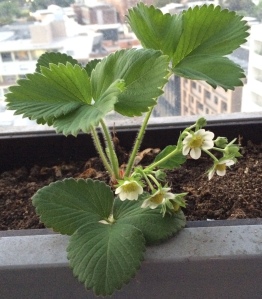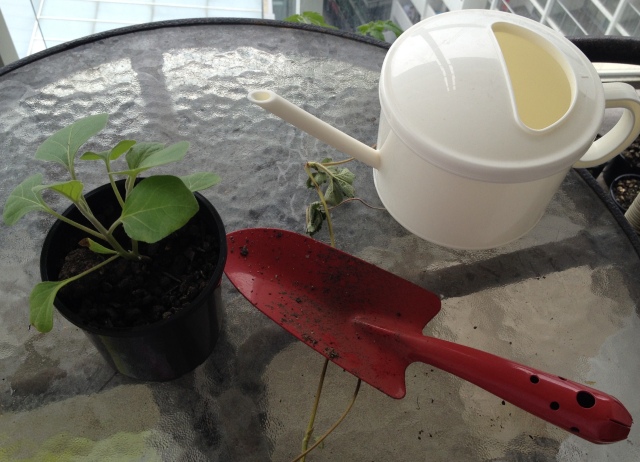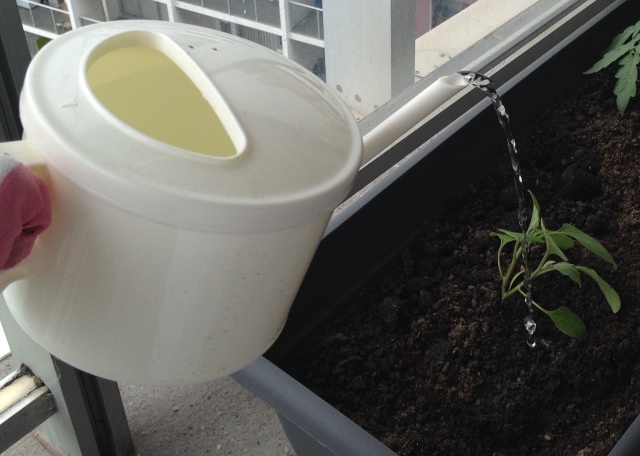Recently, supermarkets in Sydney have stopped stocking fruit-flavoured extracts and essences because teenagers have been buying them in bulk and scoffing them to get drunk.
Since I love baking cakes, this has posed a problem for me, since I can’t even get vanilla essence anymore for baking! The solution? Make my own flavoured essence, of course! After consulting with a few friends, and looking up a few references, I was ready to embark on my essence making journey.
Ingredients (berry essence):
- 250 g berries
- 250 ml vodka
- 500 ml glass preserving jars
- 6 to 8 weeks of time
Becky’s Note: In order to get the best results, I highly recommend using a vodka that’s as close to flavourless as possible. The more distillation and filtration, the better! Absolut Vodka is pretty good for this, though I’ve heard that pricier alcohols like Grey Goose and Belvedere are good as well.
Step 1: Sterilise the Jars
Open the jars, fill them with boiling water, then immerse them and the jar lids in a pot of boiling water and boil for about 15 minutes. This will get rid of any nasty bacteria that may be hanging around. The alcohol will take care of the rest.
Make sure that you use tongs when removing the jars from the hot water.
Dump out the water, then use a clean towel to dry the jars and lids up. Make sure that the jars are completely dry before use.
Step 2: Prepare the Fruit
For most berries, I recommend dicing up the fruit so that each piece is roughly 1 cm big. This will increase the surface area for the alcohol to leech out the berry flavour and juices.
For blueberries, however, don’t bother cutting them up, simply use the tip of your knife to poke a small hole in the skin of each blueberry.
If you’ve got a 500 ml jar, you can just put the berry pieces into the jar and top the jar up with vodka. However, if you don’t have such a small jar, then make sure to measure the vodka out carefully, as the 1:1 ratio of vodka to fruit is very important.
Becky’s Note: Should you decide to drink some of the vodka at this stage, please be warned that vodka is 40% alcohol by volume. Make sure to eat something and drink lots of water as well!
Step 3: Put Away for 6 to 8 Weeks
Screw the lids of the bottles on tightly and put the essence bottles away in a cool, dark place for 6 weeks. Do NOT expose the essence bottles to light if you can help it! This can really ruin the flavour!
Becky’s Note: As you can see in this picture, I’ve made lemon essence as well! Making essence out of citrus fruit entails a whole different process – instead of 250g of fruit, you’ll need the zest of about 1 kg of lemons for every 250 ml of vodka you use. The resulting jar is therefore less full of liquid, as lemon zest takes up a lot less space and is more potent than the berries.
Over time, the liquor should gain more of the colour of the fruit, while the fruit loses its colour as the flavour is leeched out by the vodka.
Step 4: Filter out the fruit and bottle the essence in smaller jars!
After 8 weeks, take the bottles out and filter the fruit out! You can now bottle the results up for baking and cooking!













